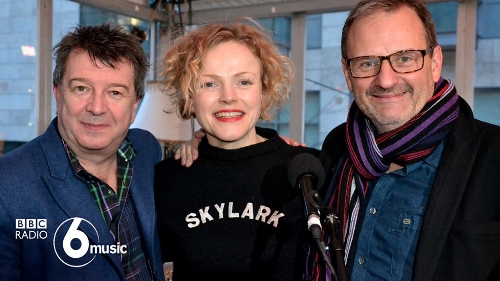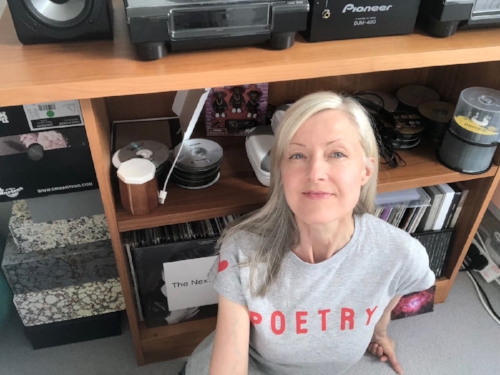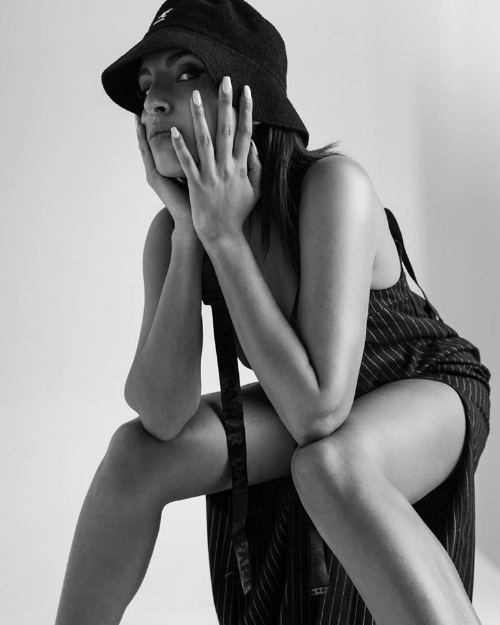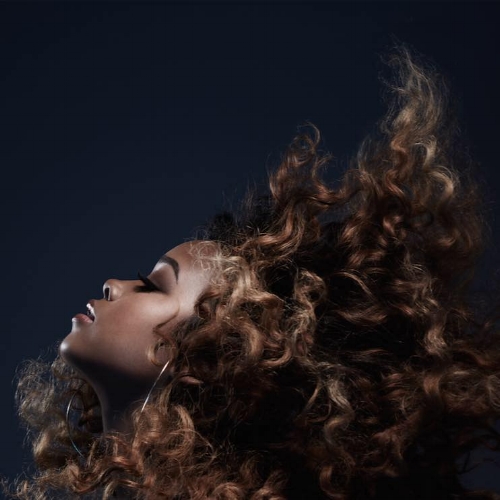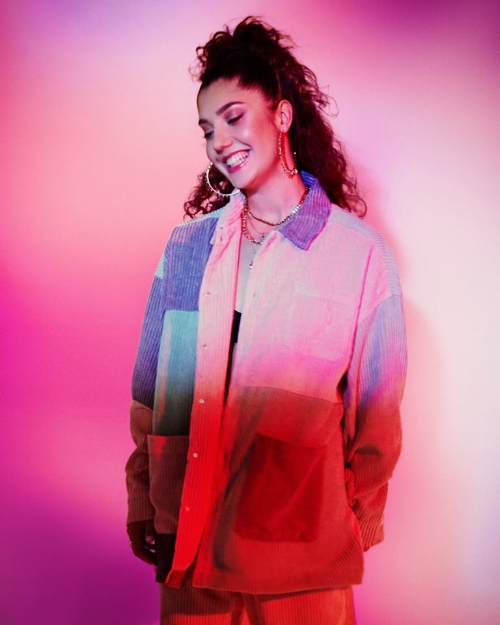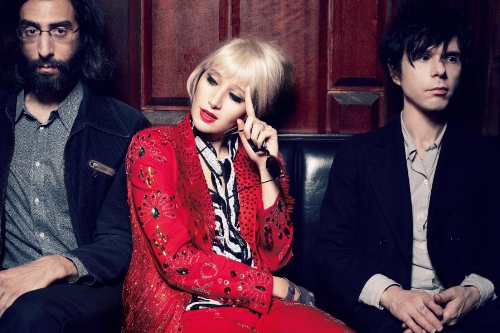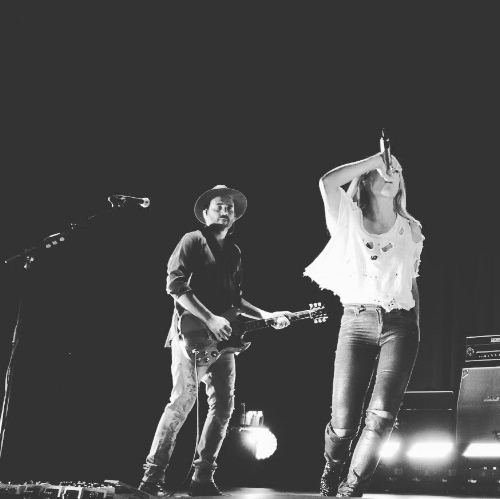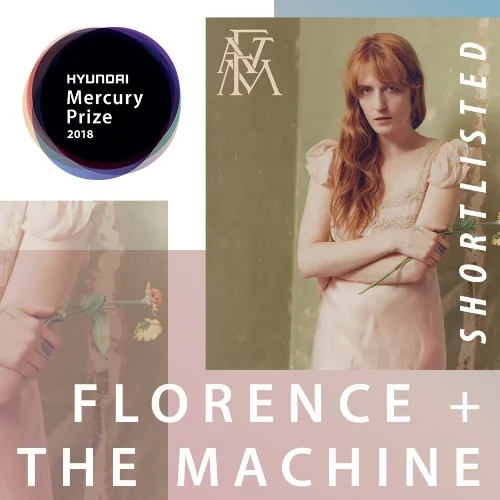FEATURE:
Sisters in Arms
IN THIS PHOTO: Ghum/PHOTO CREDIT: Louise Tse
An All-Female, Summer-Ready Playlist (Vol. IXX)
__________
THERE are new releases out in the world…
IN THIS PHOTO: Nina Nesbitt
so it is a great day to discover some brilliant music. I am concerned with the best female-led/female-scored music out there and what variety there is (there are some slightly older songs thrown into the mix). If you feel you have a clear view of what a modern-day female singer-songwriter is all about then you need to follow these lists – and have a listen at the latest instalment. From Pop and Country through to something a bit dirtier; it is another collection of songs that will bring the sunshine back and get us in the mood for when the heat rises again. Slip into the weekend with another rundown of songs that are perfect…
IN THIS PHOTO: NINA/PHOTO CREDIT: Joakim Reimer
WHEN holding on to the memories and warmth of summer.
ALL PHOTOS (unless credited otherwise): Getty Images/Artists
_______________
PHOTO CREDIT: Ryan Watanabe Photography
Doll Skin – Rubi
PHOTO CREDIT: Katie Knight-Adams
NINA – Sleepwalking
PHOTO CREDIT: James Harris
Ellie Gowers – Flowerchild
Anteros – Call Your Mother
Starcrawler – Chicken Woman
Tygermylk – What God Would Keep Us Apart
Nina Nesbitt – Loyal to Me
Hannah Paris – Halfway Home
RuthAnne – Liquid
Gretta Ray – A View Like This
Whitney Rose – You Don’t Own Me
PHOTO CREDIT: Tim Nguyen
Jade Jackson – Salt to Sugar
Daniella Mason – Human
PHOTO CREDIT: @jondbarker
Emma Blackery – Take Me Out
Lauren Sanderson – Los Angeles
Elle King – Shame
Nadia Rose – On Top
Angie McMahon – Keeping Time
Lucie Silvas – Kite
Cher – Gimme! Gimme! Gimme! (A Man After Midnight)
Broods – Peach
ARTWORK: Louise Tse





























































